Deck & Commander Strategies

Yuriko, the Tiger's Shadow
Utilizes ninjas and evasive creatures to trigger damage-based effects and draw cards, leveraging cards like Scroll Rack to manipulate the hand and maintain pressure through stealth and burst damage.
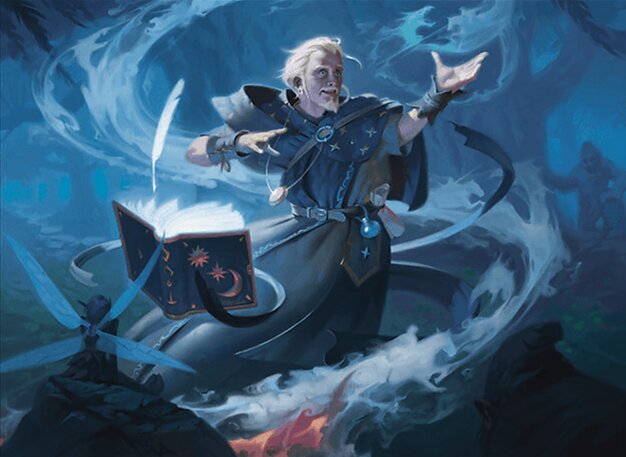
Chulane, Teller of Tales
Focuses on creature stacking and synergy, drawing cards through casting creatures and bouncing them, aiming to generate incremental advantage and maintain board control with creature-based interaction.
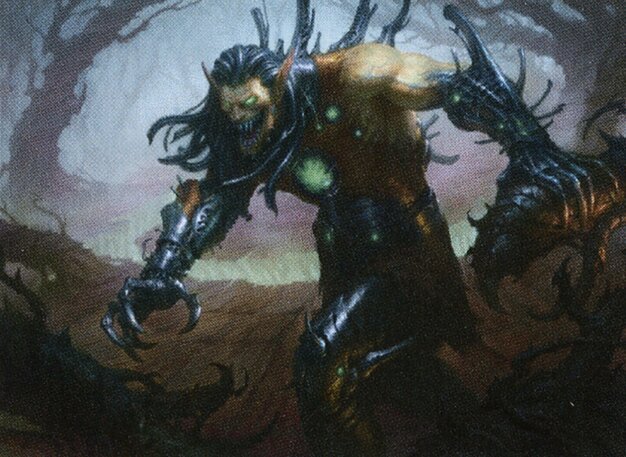
Ezuri, Claw of Progress
Builds a wide board of elves and synergistic creatures to accumulate experience counters and grow creatures, generating value through card draw and incremental growth to overwhelm opponents.
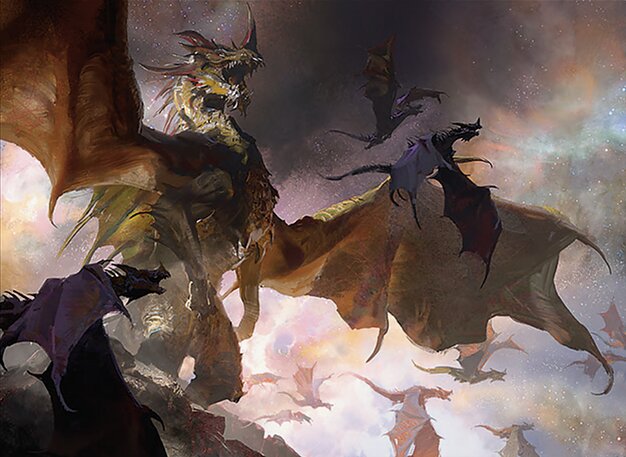
The Ur-Dragon
Ramp-heavy deck aiming to cast big dragons and powerful spells, leveraging mana acceleration to bring out The Ur-Dragon and other impactful creatures to dominate the late game.
Gameplay Insights
- 1
The use of Stony Silence was a crucial disruption that slowed down artifact-dependent strategies, particularly affecting mana rocks and draw engines.
- 2
Shadow of Mortality and Toxic Deluge board wipes served as key turning points, forcing players to reset their board states and reconsider their approach.
- 3
Managing combat damage and life totals was vital as the game shifted to mid-game, with creature damage interactions heavily influencing player decisions.
- 4
The Ur-Dragon deck's slow ramp was mitigated by careful mana management and timely creature plays, allowing it to remain relevant despite its slower pace.
- 5
The Ezuri player prioritized building experience counters and maximizing value from creatures like Prime Speaker Zegana, enhancing the deck’s ability to recover and apply pressure.
Notable Cards
-
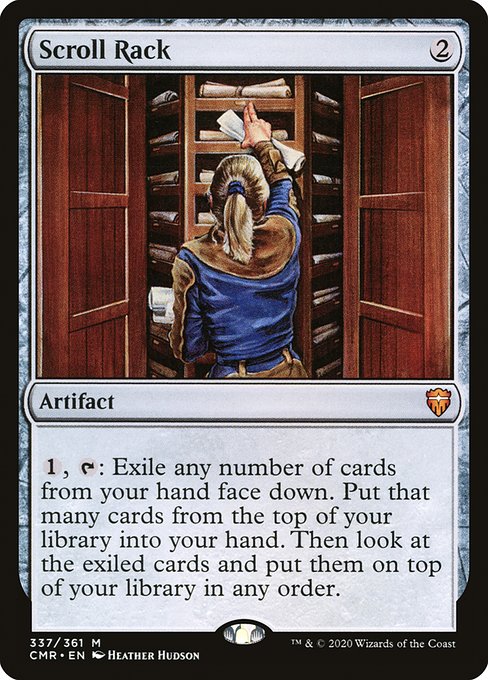
Scroll Rack
-
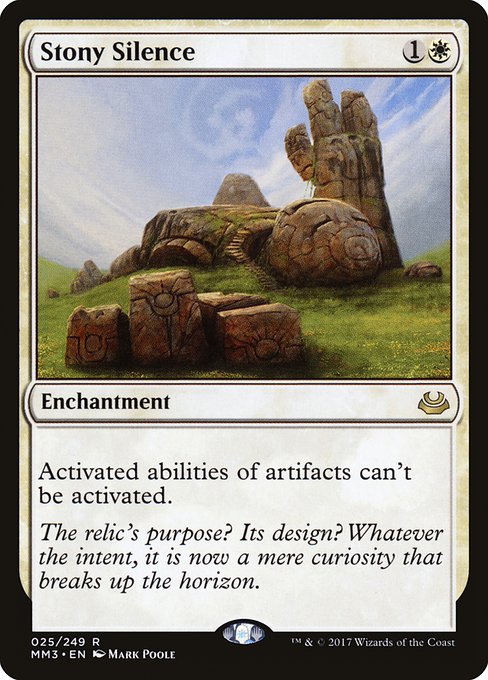
Stony Silence
-
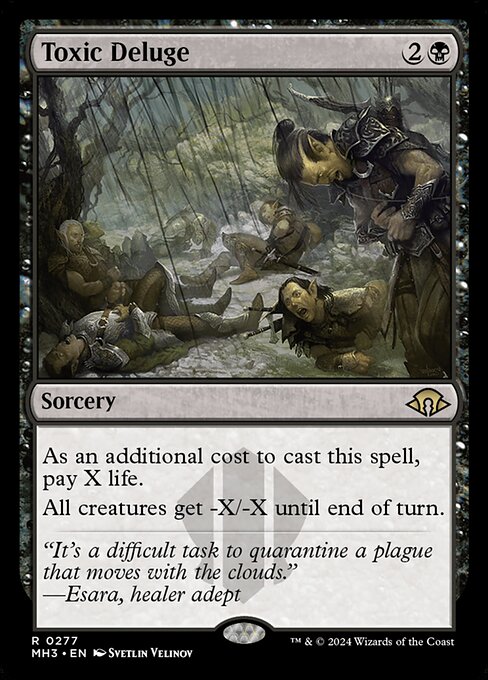
Toxic Deluge
-
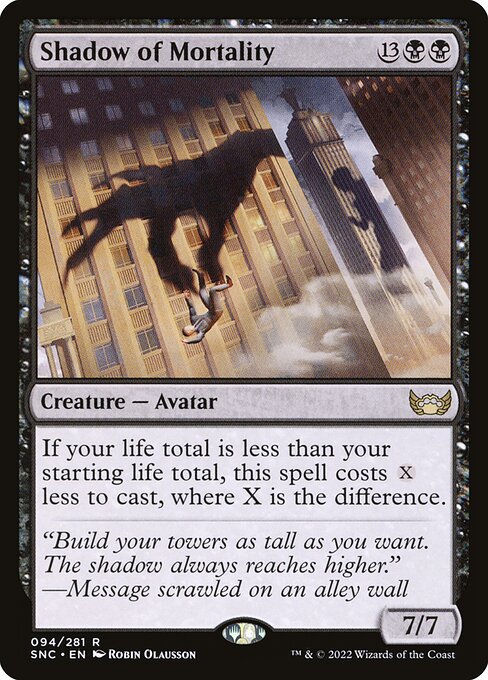
Shadow of Mortality
-
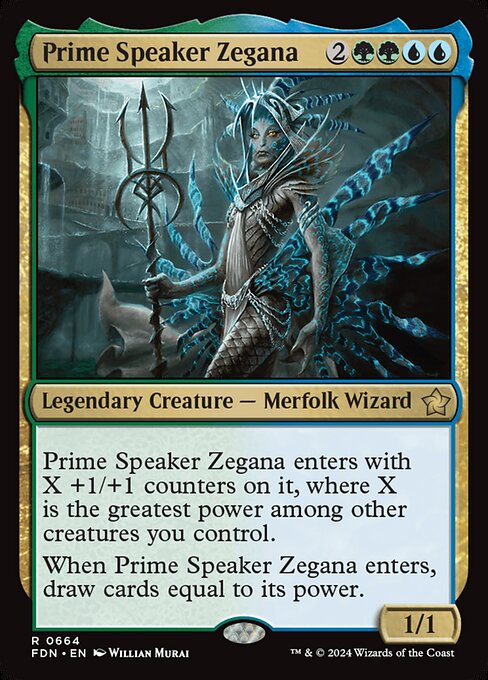
Prime Speaker Zegana
-

Grand Abolisher
-
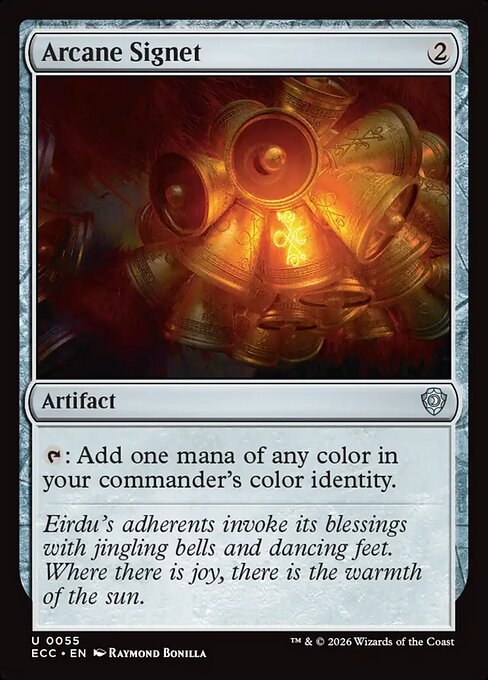
Arcane Signet
Gameplay Summary
The game began with typical early ramp and board development from each player, with the slower Ur-Dragon deck focusing on ramping into its expensive commander while the other decks established their early board presence.
The Yuriko player leveraged evasive ninjas and draw engines like Scroll Rack, but was slowed down by a timely Stony Silence that shut off artifact mana rocks and disrupted the draw engines.
Meanwhile, the Ezuri deck efficiently developed its board with elves and synergistic creatures like Prime Speaker Zegana, generating incremental value and experience counters.
Chulane, Teller of Tales focused on creature stacking and card draw, aiming to build a resilient board state while controlling the pace with interaction.
As the game progressed into mid-game, the interaction intensified with key board wipes like Toxic Deluge and Shadow of Mortality dealing significant damage and resetting the board, forcing players to reassess their strategies.
The game featured notable key plays such as the Ur-Dragon player managing to put a cat-dragon on the board despite its slow start, and the Ezuri player carefully managing mana and triggers to build towards a powerful board presence.
The game pivoted on managing life totals and creature combat damage, with the slower decks trying to survive the initial aggression and powerful spells from the combo and aggro players.
Ultimately, the game showcased a balance of ramp, disruption, and combat tactics, with the mid-game board wipes and disruption effects serving as the most pivotal turning points.






















![Commander VS S3E5: Meren vs Ezuri vs Daxos vs Mizzix [MTG: Multiplayer] thumbnail](https://i.ytimg.com/vi/loGTYPhi5mA/sddefault.jpg)
![Commander Vs Special: Meren vs Mizzix vs Ezuri vs Daxos [MTG: Multiplayer] thumbnail](https://i.ytimg.com/vi/7hdwKwKQk8s/sddefault.jpg)













![Chulane vs Edgar vs Gisa and Geralf vs Yuriko [EDH Commander] Gameplay 2020 thumbnail](https://i.ytimg.com/vi/c1qbWsZ7hT0/sddefault.jpg)


![Commander VS: Ghoulcaller Gisa VS Torbran VS Chulane VS Sisay [From SCGCON] thumbnail](https://i.ytimg.com/vi/D0eveMMHDz0/sddefault.jpg)
![Commander VS S17E3: Korvold VS Alela VS Chulane VS Syr Gwyn [Brawl] thumbnail](https://i.ytimg.com/vi/Pa8JzkN1leY/sddefault.jpg)